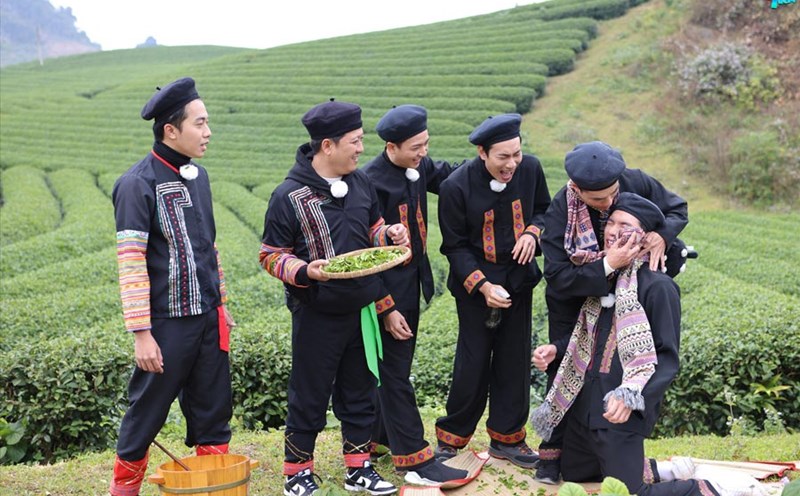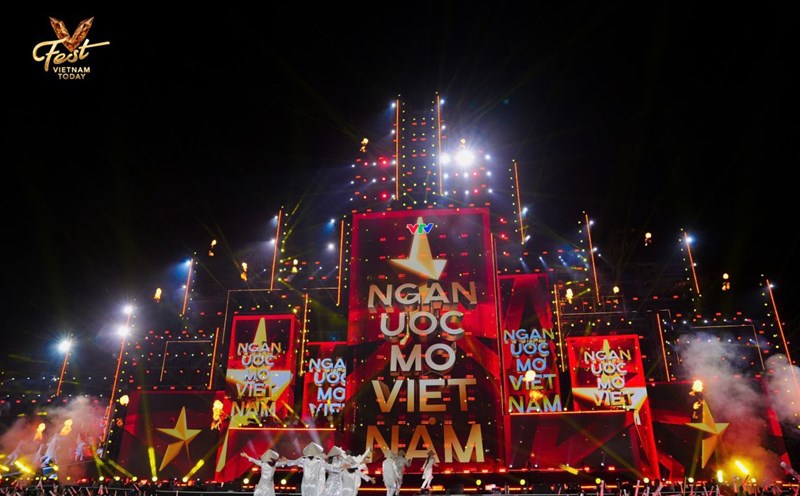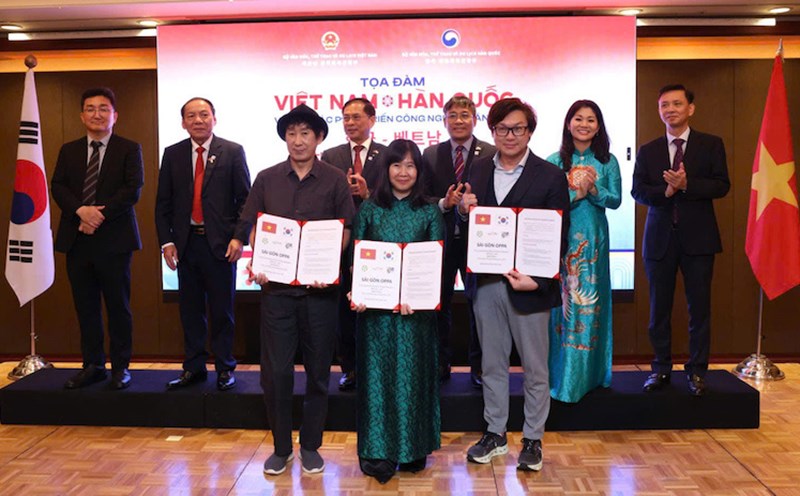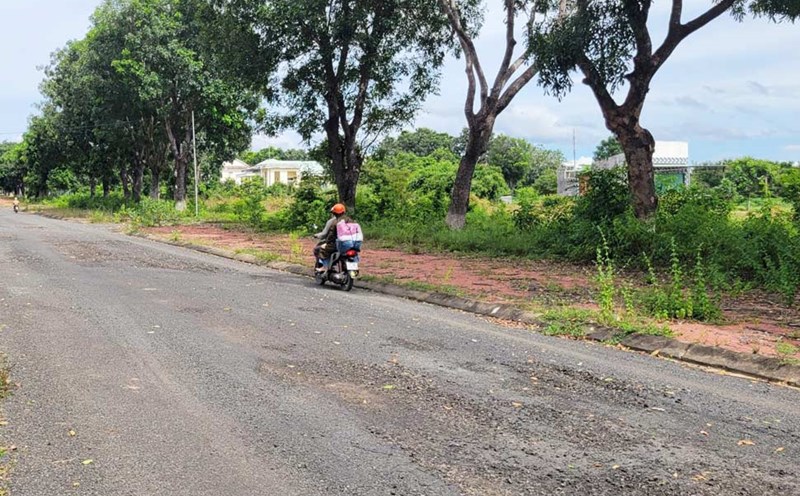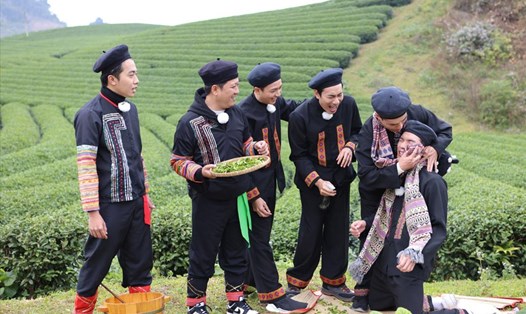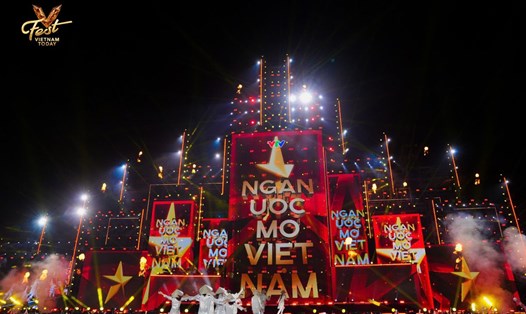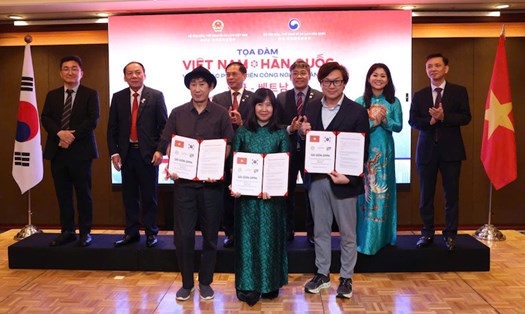Cultural industry goes hand in hand with tourism
In the past two years, domestic music programs such as Anh Trai Say Hi and Anh Trai Vuot Ngan Chong Gai have continuously "sold out" at many performed locations, attracting a large audience and generating high revenue. According to experts, this is a clear demonstration of the power of the cultural industry when invested in a systematic way, based on creativity and the ability to connect the community.
When audiences flock to watch the show, the demand for accommodation, food and beverage services, shopping and accompanying entertainment activities also increases sharply, creating an expanding value chain for the tourism industry.
Nguyen Thuy (Hanoi), a loyal fan of Anh Trai Vuot Ngan Chong Gai, said she has followed the 4-6 night show in Hanoi and Ho Chi Minh City. Every time she goes to see a concert in Ho Chi Minh City, she spends an additional day or two visiting, exploring cuisine and meeting friends in the fan community. Going to the show is fun, but combining it with going out, drinking coffee or visiting places I like makes the trip more complete. Sometimes, because of a show, I decided to stay longer to have fun and visit" - Thuy shared.
Driving force for sustainable tourism development
Prof. Dr. Dao Manh Hung - Chairman of the Vietnam Tourism Training Association - said that the relationship between the cultural industry and tourism is a close and mutual support. He compared these to "two pillars together creating sustainable development values". Because tourism is the most effective promotion channel for cultural products, while the cultural industry provides unique and unique products, rich in identity, helping destinations create a difference in competition.
From the perspective of businesses, Vice President of the Vietnam Tourism Association Nguyen Hong Hai emphasized that the combination of sustainable tourism and cultural industry is an inevitable trend, in line with the orientation of developing the knowledge economy, green growth and preserving heritage.
Currently, more and more cultural tourism, heritage tourism and creative tourism products are being formed, becoming the unique brand of each locality. These include Hue Festival, Buon Ma Thuot Coffee Festival, Northwest Culture - Tourism Week, Central Highlands gong Culture Space... These events not only attract tourists, but also widely spread the image of Vietnamese culture to the world.
However, Mr. Nguyen Hong Hai also frankly pointed out the difficulties that Vietnam needs to overcome if it wants the cultural industry to truly become a driving force for sustainable tourism. That is the lack of synchronous linkages between sectors; limitations in creative technology and high-quality human resources and the exploitation of cultural heritage to develop tourism products have not yet achieved the expected results.
To enhance the connection between the cultural industry and sustainable tourism, he said that localities need to build a cultural industrial ecosystem associated with a tourism value chain based on identity, creativity and digital technology. Vietnam needs to effectively exploit both tangible and intangible heritages, combining art, cinema, cuisine, fashion, and music.
At the same time, promote digital transformation to promote products to international markets. Creating a platform for interaction between tourists, artists and businesses is also very important, in addition to expanding international cooperation to learn from experience from countries with developed cultural industries.
Prof. Dr. Huong Dung - Director of the Institute of Cultural Industry Research, Beijing University, and Chairman of the UNESCO Sustainable Development and Rural Innovation Program - proposed that in the short term, Vietnam needs to arrange cultural resources and build a data warehouse from the cultural stories of each locality. With a medium-term vision, it is necessary to focus on developing regenerative, creative and sustainable products. In the long term, Vietnam should aim to build an entire cultural industry chain ecosystem, promoting integration and connection in the regional cultural space.

